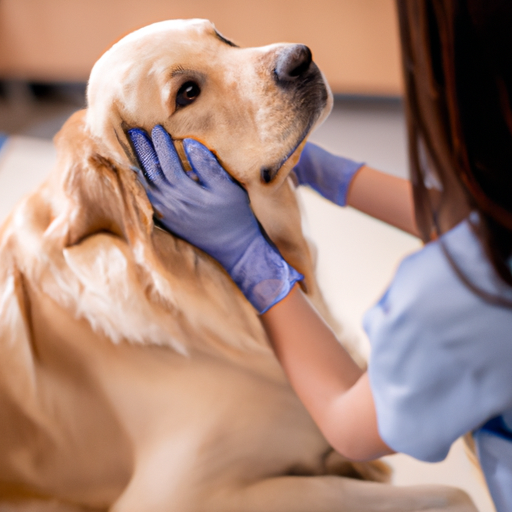Keeping your furry friend healthy goes beyond regular feeding and exercise. It also includes looking out for their overall well-being, which surprisingly, includes their anal glands.
1. Understanding Your Dog’s Anal Glands
Before we dive into the process of checking your dog’s anal glands, it’s crucial to understand what they are and their function. The anal glands, or anal sacs, are small, grape-sized glands located at the 4 and 8 o’clock positions around your dog’s anus. These glands produce a distinctive smelling secretion that dogs use to mark their territory.
However, these glands can become impacted or infected, leading to discomfort and health issues for your dog. Regular checks and maintenance can help avoid these problems.
2. Identifying Signs of Anal Gland Problems
The second step in this process is learning how to identify signs of anal gland problems. You are the best judge of your dog’s behavior and any changes can indicate a problem.
- Scooting: If your dog is dragging their rear end along the floor, it could be a sign that their anal glands are uncomfortable.
- Excessive licking or biting at the rear: Dogs tend to turn to the source of discomfort. If they’re excessively licking or biting at their rear end, it could indicate a problem with the anal glands.
- Swelling or redness around the anus: This is a clear sign of an infection or abscess. If you notice this, it’s time to visit the vet.
3. Checking Your Dog’s Anal Glands
Before you start, it’s recommended that you wear disposable gloves.
- Position your dog in a way that you can easily access their rear end. Smaller dogs can be placed on a table or counter, while larger dogs can stand or lay down.
- Lift the tail gently and look at the anus. Healthy anal glands should not be visible or bulging.
- Carefully place your thumb and forefinger on the sides of the anus, at the 4 and 8 o’clock positions, and gently squeeze. If the glands are healthy, you should feel a small, pea-sized structure.
- If the glands seem swollen or your dog shows signs of discomfort, it’s recommended to seek veterinary assistance.
4. How to Keep Your Dog’s Anal Glands Healthy
There are several ways to maintain your dog’s anal gland health.
- Diet: A high-fiber diet can help maintain regular bowel movements, which can naturally express the glands.
- Regular Exercise: Regular exercise can help stimulate bowel movements and gland expressions.
- Regular Vet Checks: Regular vet checks can help catch any potential issues early.
5. FAQ
Q: How often should I check my dog’s anal glands?
A: It depends on the dog. Some may need weekly checks, others monthly. Check with your vet.
Q: Can I express the glands myself?
A: It’s possible, but not recommended unless you’ve been trained. Incorrect expression can cause injury.
Q: What should I do if my dog’s glands are impacted?
A: Seek immediate veterinary assistance. Impacted glands can lead to infections and abscesses.
Q: Can diet affect my dog’s anal gland health?
A: Yes. A high-fiber diet can help maintain regular bowel movements, which can naturally express the glands.
By being proactive about your dog’s anal gland health, you can help them lead a more comfortable, healthier life. Remember, if you’re ever unsure or uncomfortable checking the glands yourself, seek assistance from a professional. Always prioritize your furry friend’s safety and well-being.



